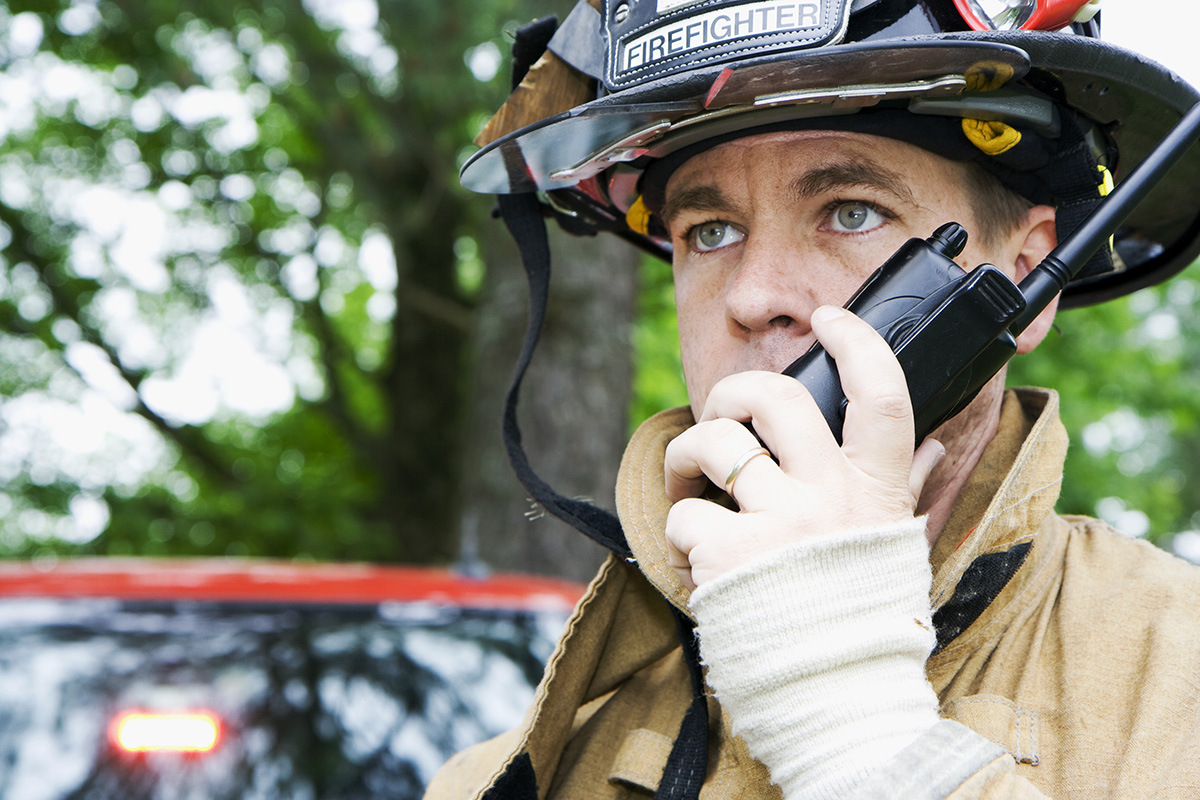Feature | Cardiovascular Disease Risk in Fire Fighters

Ordinary people, extraordinary service. Fire fighters put themselves in harm's way to protect, rescue, and serve. Though they may appear impermeable to harm with a superhero like quality, fire fighters battle a disproportionate risk for cardiovascular disease. Cardiovascular disease is the most frequent cause of duty-related fatalities and for every one fatal on-duty heart disease event there are 17 non-fatal ones.
With work, comes stress and firefighting is laden with unique challenges that attribute to a high stress occupation. Panagiotakos et. al., report a strong association between occupation stress and acute coronary syndromes. From the perspective of a fire fighter, these chronic stressors include shift work, noise, fire house dietary patterns, smoke exposure and a high-demand job with low decisional control. Acute stressors include sympathetic activation due to exposure to excess heat, dehydration and alarm response. Interestingly, cardiovascular events in fire fighters do not follow the typical acute coronary syndrome pattern, where most events occur in the morning hours. Over two thirds of on-duty cardiovascular-related deaths in fire fighters occur between the hours of noon and midnight.
It is for this reasons that firefighters were targeted for our Cardiac Early Detection Program. The process included: calcium scoring, in-body advanced metrics (weight, lean body mass, body fat percent), an exercise prescription from an exercise physiologist and individualized counseling from a cardiac nurse practitioner based on history and same day test results. The goal of the program was to identify those with risk factors who were more vulnerable to on duty cardiovascular events and to provide cardiovascular health education to all.
The program started out of a need to identify coronary artery disease before these firefighters presented to the Emergency Department with a ST segment elevation myocardial infarction. We have received huge support from the community and fire departments in particular, who send their on-duty firefighters to avoid excuses in attendance.
It has evolved so that groups – such as the Arvada fire department – receive one-on-one counseling with a cardiac nurse practitioner to review all testing results and their history. What is unique is that this all happens within a few hours; we are able to provide firefighter patients with same-day risk scores, calcium scores, counseling and recommendations.
The program is still ongoing. Our most recent data indicates that 25 percent of participants have a calcium score, and we have identified some high scores in those with no risk factors.
This program was made possible by all facets of the cardiovascular team: computed technology technicians, radiologists, nurses, exercise physiologists and nurse practitioners. We hope to inspire other cardiovascular team members to start their own programs that identify vulnerable populations and assess their cardiovascular disease risk before they have a coronary event. Programs such as these require collaboration among all facets of the cardiology team.
This post was authored by Jolin V. Honas, NP, a member of the Cardiovascular Team Section.
